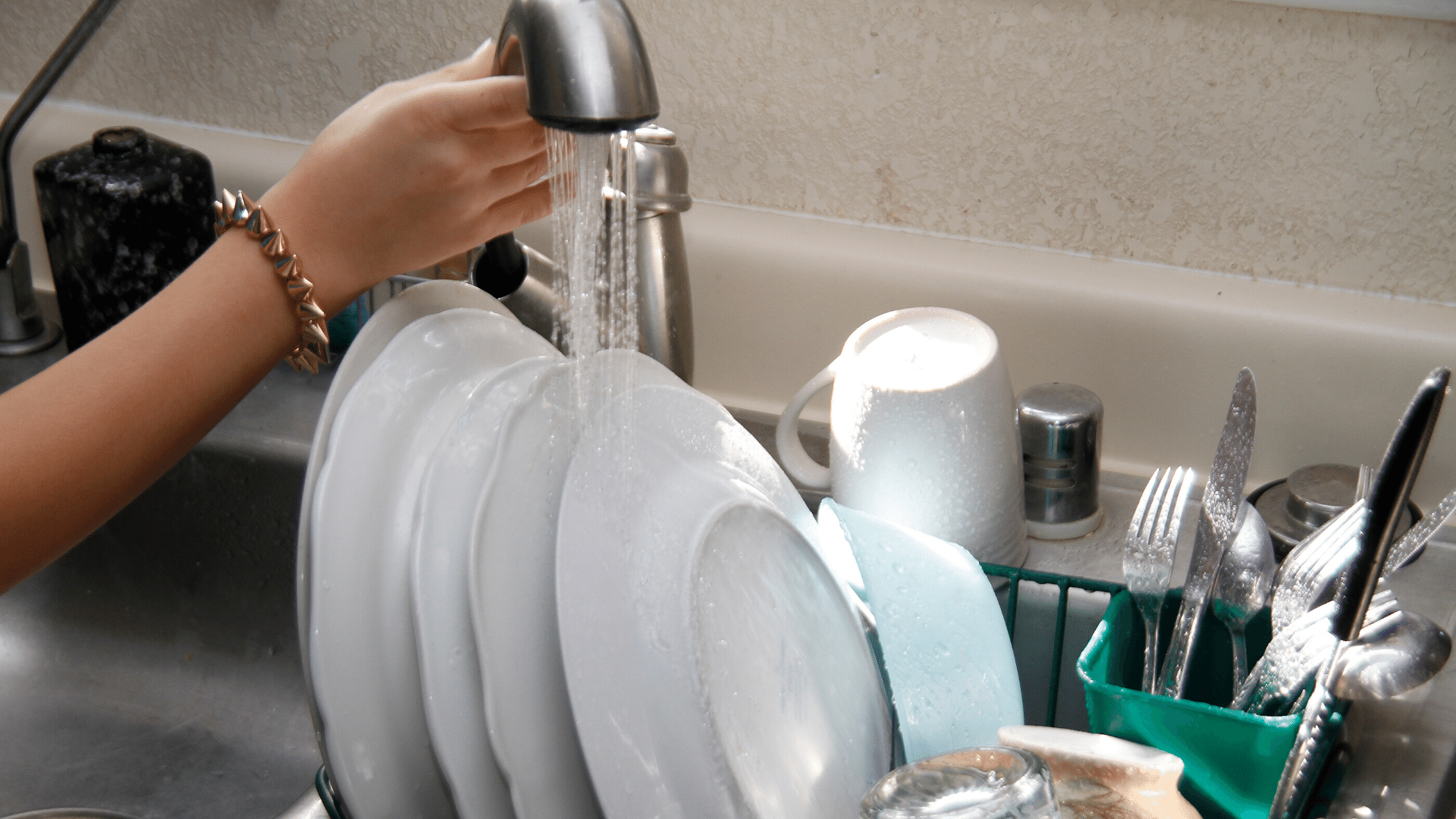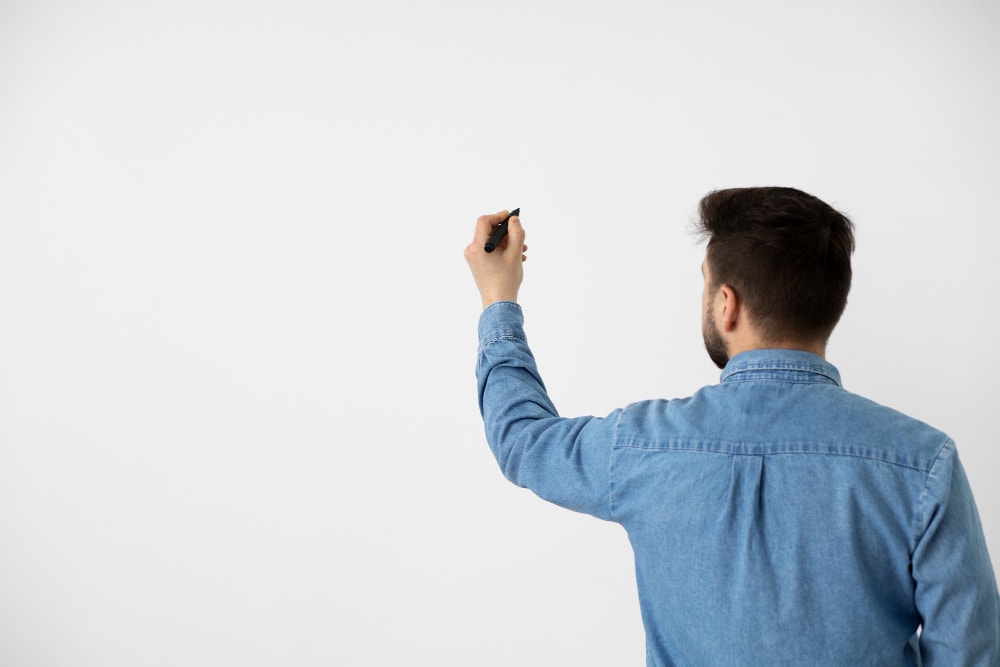A condo dweller's regular expenses include rent, homeowner's fees, food, water, and electric bills. Rent and dues are out of your hands, but there are ways to lower your utility bills. Condo residents tend to focus on the power cost, but water conservation should be given equal consideration. A water bill may quickly deplete your hard-earned savings if you’re not careful.
To help you reduce water bills at your condo, we'll go through some ways to conserve water. You'll not only save money but will also contribute a lot towards saving the environment.
Conduct Home Repairs To Conserve Water
Small drips from leaky faucets might waste up to 20 gallons per day, but significant leaks can waste nearly a hundred gallons per day, according to the EPA. It is estimated that by repairing the leaking problem, consumers may save 10% on their water bills.
Water waste is caused by a variety of sources. Leaks in the home are another. You may also be affected by issues you are unaware of or choose to overlook. Check your water meter after turning off all water-using appliances in the unit. You have a leak someplace if you notice a spinning dial. Before leaving the house, you can also read the meter. If the meter has risen when you return after a two-hour of no water used nor faucets opened in the unit, it's time to hire a plumber.
Update your Bathroom
An everyday shower is one of the most water-intensive activities in your home. When showering, one uses roughly 17 gallons or 26 liters of water.
Installing a low-flow showerhead is a great tip to conserve water. These showerheads may reduce your shower's water use to 10 gallons—a significant reduction over the average.
Most hardware and department stores have low-flow showerheads. Look for those that have passed the Environmental Protection Agency's (EPA) WaterSense program certification. Showerheads with this mark are the most environmentally friendly.
To save even more money, consider lowering the length of time you spend in the shower. While you're getting dressed and undressed, don't switch on the shower. Turn it on and jump in as soon as the water reaches a comfortable temperature.
A low-flow showerhead, when combined with a minimal shower timer, is one of the easiest and most efficient ways to save water.
Wash Full Loads Only
The washing machine consumes a lot of water and electricity. The less you operate the appliance over the week, the more electricity and water you'll save. Before starting the run cycle, make sure the washing machine is entirely filled. This typically helps the appliances work more effectively, in addition to saving water.
If your washing machine is outdated, you might want to consider switching to a newer one that consumes less water and energy. For example, high-efficiency washers use 40% less water than outdated models.
Use Faucet Aerators
Each year, a faucet aerator may save up to gallons or 1,274 liters of water. An aerator is a little gadget that attaches to the tip of the faucet and regulates the flow of water. Water is forced through tiny holes in faucet aerators to provide a consistent flow of air and water.
Installing or updating faucet aerators is a low-cost approach to cut down on water use. A faucet aerator is sold at cheap prices and is widely available at hardware stores.
Use Bowl or Basin When You Wash Your Dishes
The first step in improving your dishwashing is to reduce the amount of water you use. Using one bowl filled with soapy water, and another bowl filled with rinse water and turning off the faucet while cleaning dishes is the most efficient technique to save water.
Don’t Use Too Much Dishwashing Soap
We’ve all been guilty of slathering a lot of soap on our sponges, but more isn't necessarily better. You'll need to use up more water to wash away the suds if you use too much soap. Read the label on your dish soap and follow the recommendations to avoid this. If you're hesitant, gradually reduce the amount of detergent you use until you've achieved the ideal mix of squeaky clean and low detergent consumption.
Don’t Let Faucets Run
We waste water in a variety of ways, one of which is by keeping faucets open longer than required. One minute of running the tap wastes 2 liters of water. Turning off the faucet while shaving, brushing your teeth, or washing your hands until you're ready to rinse is an easy way of conserving water.
Don’t Flush Tissues
When you flush used face tissue and other "flushable" materials into the toilet, you end up flushing more frequently and using more water. Toss it in the garbage basket, it doesn't need to go in the toilet. Not only are most of these items damaging the environment if flushed, but you'll also be wasting a lot of water. Furthermore, many of these items aren't even flushable, meaning that they'll block the pipes at some point down the line.
Water Conservation Should be a Family Affair
Every year, we require more water than we have available. Teach your siblings, children, and other friends and family the value of water conservation and how simple it really is. Kids will learn as they become older to be conscious of how much water they consume on a daily basis.
Encourage everyone in the family to participate in water saving. Even the youngest members of the family may have a significant influence on how much water is consumed.
It may take some time for you and your family to integrate these ways to conserve water into your daily routine, but the efforts will be worth it in the end. Aside from saving money on water bills and saving the environment, you'll become a much more responsible citizen of the world and help support the United Nations' goal of making clean water available to all people.
Water conservation involves planning, commitment, and effort, but even a small bit can make a difference. Don't think that what you do is insignificant. We can all make lifestyle adjustments to lower our water consumption. The key is to make water conservation a way of life, rather than something we think about every now and then.
If you are thinking of moving into a new condominium, check out Vista Residences!
Vista Residences is the condominium arm of the country’s largest homebuilder, Vista Land & Lifescapes, Inc. that offers ready for occupancy and pre-selling condominium projects in Manila, Makati, Mandaluyong, Quezon City, Ortigas, Baguio, Cebu, and CDO that are strategically located within major cities, in close proximity to premium universities, transit-oriented locations, and developed business districts.
For more information on Vista Residences, email [email protected], follow @VistaResidencesOfficial on Facebook, Twitter, Instagram, and YouTube, or call the Marketing Office at 0999 886 4262 / 0917 582 5167.










